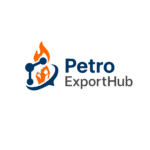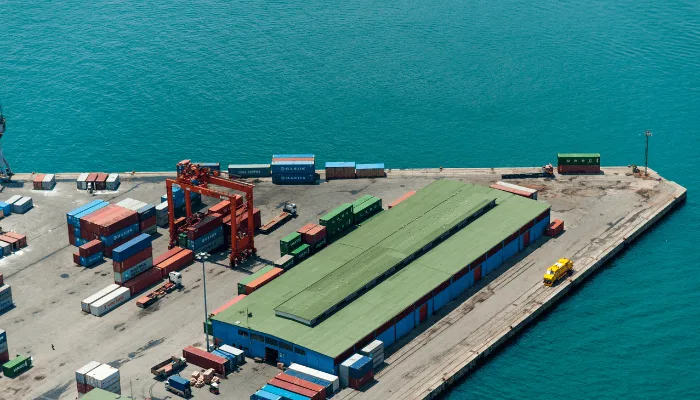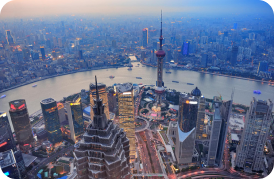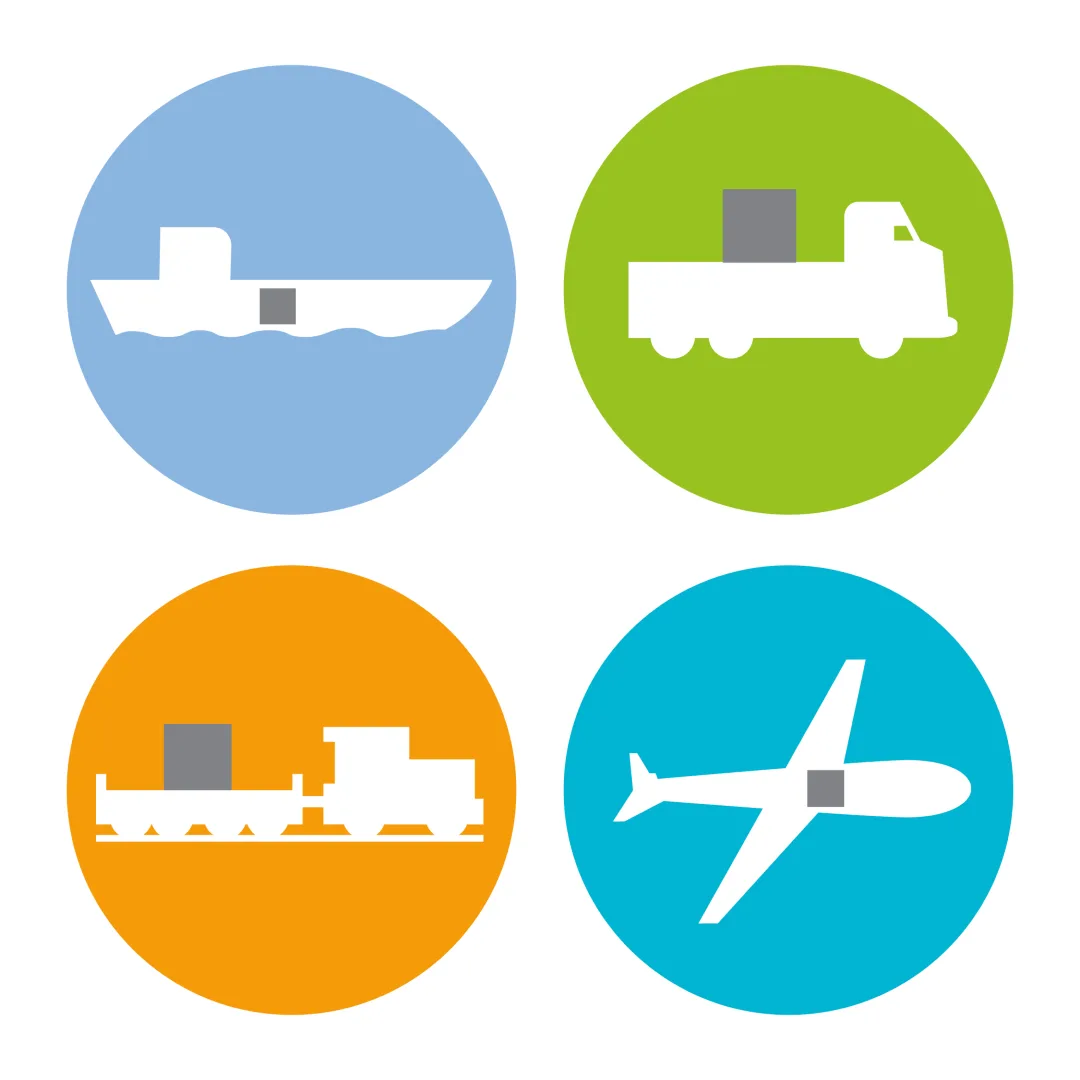
Incoterms 2025 in Petrochemical Exports: A Complete Guide
Introduction
In the fast-changing world of chemical and petrochemical exports, clarity in trade terms is crucial. Every exporter dealing with products like PE100B, base oil SN150, or monoethylene glycol (MEG) faces the same challenge: who bears the risk, cost, and responsibility at each stage of shipment? This is where Incoterms 2025 come in.
The International Commercial Terms (Incoterms) are a globally recognized set of rules published by the International Chamber of Commerce (ICC). They define responsibilities between buyers and sellers regarding transportation, insurance, customs clearance, and delivery points.
For exporters in the Middle East, especially Iran, understanding Incoterms is vital to avoid disputes and hidden costs in high-value shipments.
1. What Are Incoterms 2025?
Incoterms 2025 are the latest version of ICC’s rules that standardize global trade practices. While the core structure remains the same as the 2020 version, Incoterms 2025 reflect new market realities:
Sustainability requirements in shipping.
More clarity on digital trade documents.
Updated definitions for risk transfer points.
2. Why Incoterms Matter in Petrochemical Exports
Petrochemicals like PE100B resin, SN150 base oil, and MEG involve large shipments often valued in millions of dollars. A small misunderstanding in contract terms can lead to:
Unexpected logistics costs.
Delayed customs clearance.
Disputes over insurance responsibility.
Correctly applying Incoterms ensures exporters know exactly when their responsibility ends, and when the buyer takes over.
3. Most Common Incoterms in Petrochemical Exports
| Incoterm | Meaning | Petrochemical Use Case |
|---|---|---|
| FOB (Free on Board) | Seller delivers goods on vessel at loading port | Common in bulk petrochemical shipments like base oil |
| CFR (Cost and Freight) | Seller pays for transport to buyer’s port, risk transfers once loaded | Widely used in MEG exports to Asia |
| CIF (Cost, Insurance, Freight) | Seller covers cost, freight, and insurance until destination | Buyers in Africa prefer this for PE100B |
| DAP (Delivered at Place) | Seller delivers to buyer’s location, including inland freight | Used in land shipments to CIS countries |
| FCA (Free Carrier) | Seller hands goods to buyer’s carrier at agreed point | Popular for containerized chemical exports |
4. Common Mistakes Exporters Make
Using FOB/CFR for container shipments (should use FCA/CPT instead).
Not clarifying insurance coverage in CIF contracts.
Misunderstanding customs clearance responsibility under DAP or DDP.
Copy-pasting Incoterms from old contracts without adapting to 2025 updates.
5. Practical Tips for Petrochemical Exporters
Always specify Incoterms 2025 in contracts (not just “FOB” or “CIF”).
Match Incoterm to logistics mode (bulk vessel, container, tanker).
Consider DAP/DDP for new buyers to offer full-service solutions.
For sensitive cargo like solvents, clearly define risk points.
6. Future Trends: What Incoterms 2025 Mean for Trade
Digital Bills of Lading will integrate into Incoterms contracts.
Growing demand for green logistics may push exporters toward terms that shift environmental compliance to buyers.
Middle Eastern exporters (Iran, Saudi Arabia, UAE) using Incoterms 2025 effectively can gain stronger credibility with European and Asian buyers.
FAQs
Q1: Can I still use Incoterms 2020 in 2025?
Yes, but new contracts should adopt Incoterms 2025 for updated legal clarity.
Q2: Which Incoterm is best for monoethylene glycol price negotiations?
CFR or CIF are common since they allow buyers to compare monoethylene glycol price inclusive of freight and insurance.
Q3: Do Incoterms affect PE100B export pricing?
Yes. A CIF agreement results in a higher quoted PE100B price than FOB, since insurance and freight are included.
Q4: Who handles customs under FOB?
The buyer handles import customs, while the seller is responsible for export clearance.
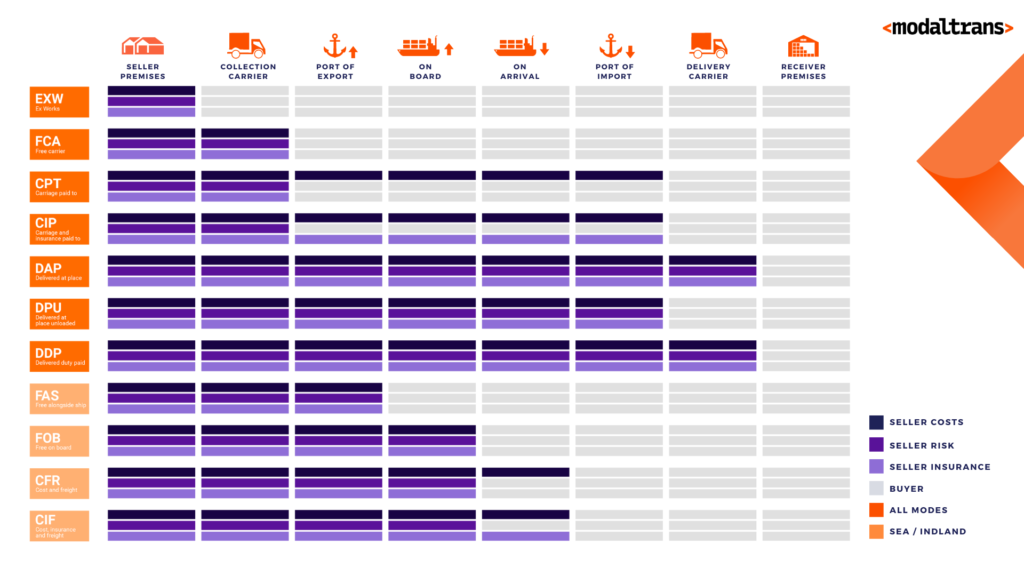
Would you be looking for suppliers in Iran?
- Contact Us today and get connected with producers and export-ready logistics.
- sales@PetroExportHub.com

Related posts
Mono Ethylene Glycol (MEG) serves as a cornerstone for modern antifreeze and coolant formulations, offering reliable freezing protection and heat resi . . .
Explore Solvent 100’s specs, uses, and export opportunities from Iran. Ideal for paint, ink, and adhesive buyers in India, Turkey, UAE, and Africa. . . .
Explore everything you need to know about exporting sulphur from Iran in 2024 — including types, packaging, documents, ports, prices, and top import . . .
Explore Iran’s top ports for petrochemical exports, including Bandar Imam Khomeini, Assaluyeh, and Bandar Abbas. Compare infrastructure, accessibili . . .
Learn the key differences between polypropylene (PP) and polyethylene (PE), their applications, advantages, and how to choose the right polymer for yo . . .
Discover how a Turkish plastics manufacturer reduced costs by 22% through importing HDPE from Iran. Real-world case study by PetroExportHub. . . .
Learn why Iran is a leading exporter of polyethylene (PE). Discover grades, global applications, and how PetroExportHub connects buyers with top suppl . . .
We are here to answer your questions....
Petro Export Hub
PetroExportHub specializes in the export of premium-grade petrochemicals, minerals, and industrial chemicals from Iran, serving international markets with reliability, transparency, and tailored logistics solutions
Tehran Office
Phone:
0214865484 | +989127607241
Address:
Tehran..
China Office
TEL :
0211400
Address:
Zhongzhou Bie Lu, Zhongcheng Street, Yiwu City, Zhejiang Province, China
Quick Access
Quick Access
- Contact Our Sales Team
- Frequently Questions
- Shipping & Logistics
- Become a Partner
- Certificatins & Quality
